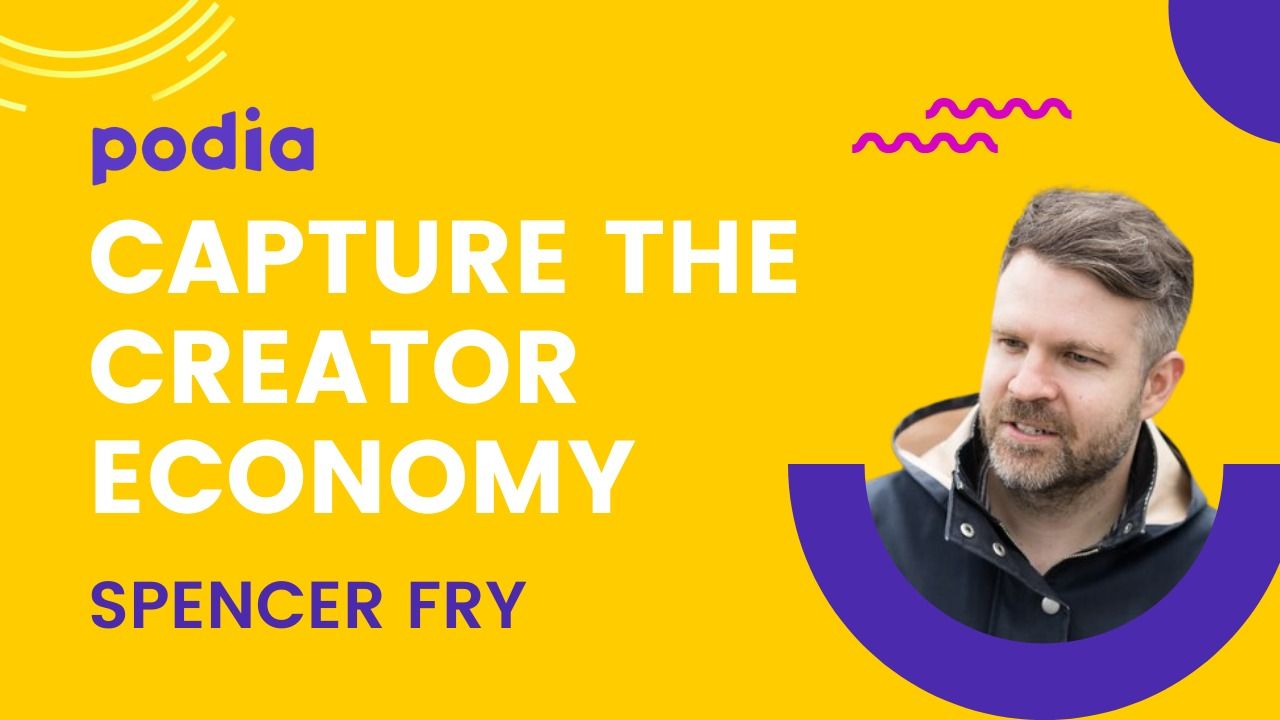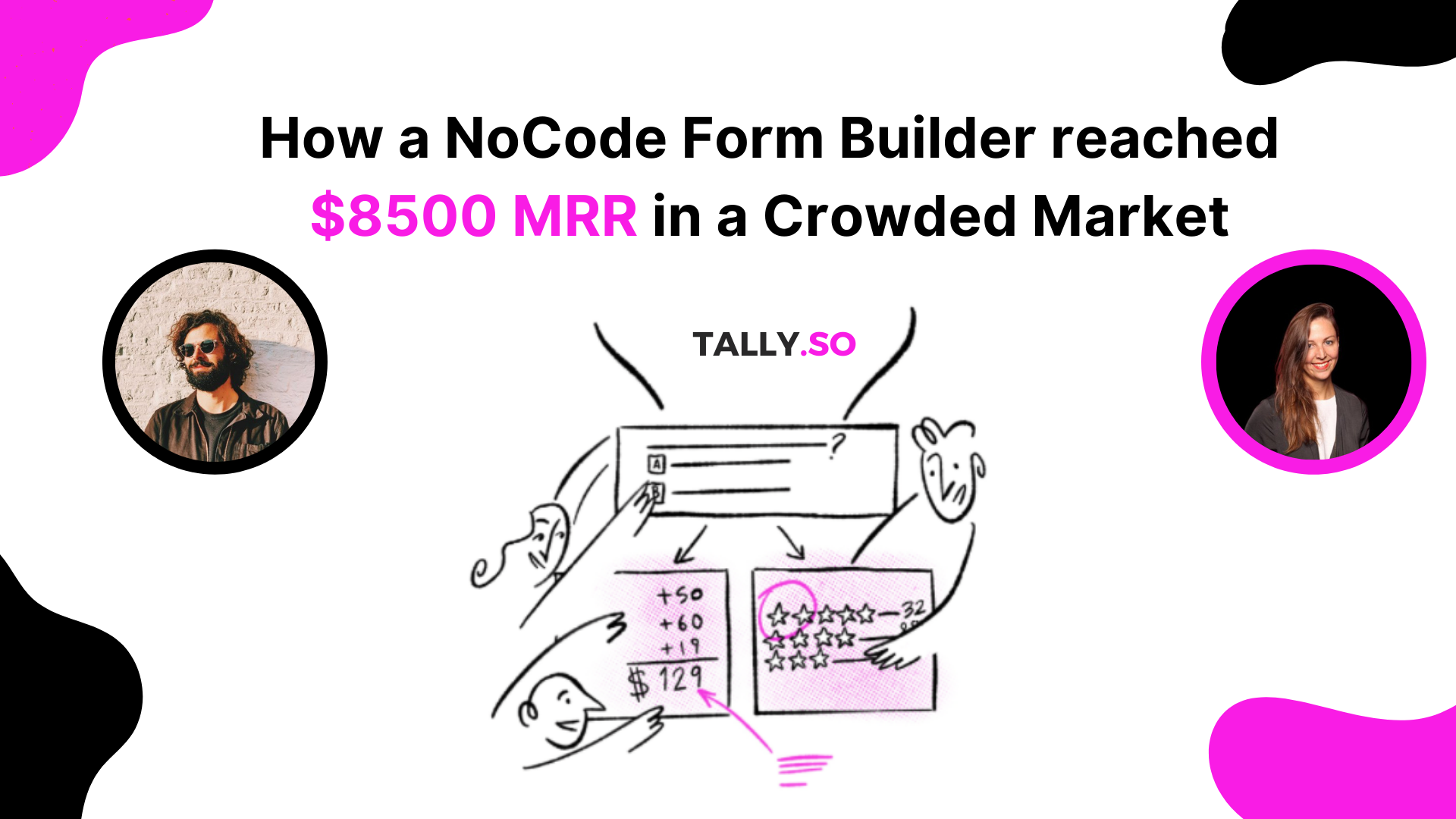🗣️3 Examples of how Indie Hackers spoke to their users and built the right product

Your startup is not about you, it’s about your users.
Yet, many Indie Hackers avoid speaking to their target customers as much as possible.
You can not build the right product without talking to your users.
Customer conversations will help you recognize the right problems to solve, the right positioning, and the right pricing strategy.
It’s a tough skill to master, but the only way to get better at it is through practice.
Let’s look at 3 examples of Indie Hackers who shaped the right product with the helps of customer conversations.
Spencer Fry | Podia
Spencer built the product with extreme customer focus right from the start. Over time, he has had thousands of customers conversations.
He even does 1 live product demo every week himself, just so he can be close to his customers.
Spencer has built a solid framework for customer research.
Reaching out to customers to book a call, interviewing them, taking notes, and then transferring those insights into features.
Back in 2015, he used to send out 10 emails a day to customers for an interview, with a personalized message to everyone, and from his personal email id.
Then he would get on calls and ask them about their experience of using the platform.
(Back then Podia was called “Coach”).
The 4 most effective questions that gave him the best insights to grow:
- What did you expect would happen when you signed up for Coach?
- What actually happened when you signed up?
- Help me understand what benefit you want to get out of Coach.
- If you could wave a magic wand and do anything on Coach, what would it be?
These questions hone in on the quickest “aha” moments you can give to your customers, in the short term as well as in the long term.
More:

Marie Martens | Tally
Marie and her partner Filip built Tally as a way to scratch their own itch. They got initial users initial through cold outreach.
First reaching out to friends and family.
And then reaching out people via DMs and emails.
Most people ignored them, but some did try out Tally.
And they gave positive feedback about the user experience. This gave Marie and Filip confidence in the product.
Very early on they created a private slack group with their early users.
This move helped them in getting quick user feedback and focusing on the right features to build.
Their users literally helped them build the product, here’s how Marie describes it -
“From design improvements to helping us out with integrations or referring us to the right person, our users have a bigger network and a lot more knowledge than a small team of 2”
The user community also helped them with their Product Hunt launch.
And then later on, when the market leader Typeform raised it’s prices, Tally’s early users became staunch advocates of the product.
When users are part of the product building process from early on, they become your strongest ambassadors by the time the product matures.
More:

Samy Dindane | Hypefury
It took Samy 3 days to build a very basic MVP of Hypefury.
He started a private beta and quickly got a few people from a private telegram group to give him feedback.
These users were interested in building businesses off Twitter.
So Hypefury was the perfect tool for them.
Samy even did 1:1 demos of the product with the initial users.
And everyone who he met, introduced him to 2 or 3 people who would be ideal for the product.
This is how he describes it -
"Do the things that don't scale, speak with people. Reach out, cold email, cold DM. Ask for introductions. It's very powerful"
"I was giving demos and the demos were 30 minutes, one hour or sometimes two hours long so I can understand what people wanted."
Initial user interviews gave Samy a fair idea of the right product to build.
So much so, that he could quickly start charging for Hypefury.
And he was pleasantly surprised when he saw people stopping their Buffer subscriptions in favor of Hypefury.
That was the ultimate validation.
Customer conversations helped Hypefury reach product market fit. They knew they had a solid product, and the next step was to focus on scaling it.
More:

Books to read
When you’re starting out, you may find it hard to figure out how to approach customer conversations.
2 Book recommendations to get better at user interviews:
- The Mom Test by Rob Fitzpatrick (read my summary here)
- Deploy Empathy by Michele Hansen
ICYMI
Recent posts on Listen Up IH:
- 3 Examples of how indie hackers raised their prices and found success
- 3 Examples of Founders who scratched their own itch and succeeded
- The Solo Founder Playbook | How most startups fail but all founders succeed
Hope your enjoyed today's post. Do let me know in the comments or on Twitter.
Every week, I share the most actionable insights and inspiring tips from successful Indie Hackers FOR aspiring Indie Hackers
Ideas + Insights + Inspiration for building profitable internet businesses💪
Sign up to Listen Up! IH and join 1900+ spirited Indie Hackers who read this newsletter every week.
Cheers,


